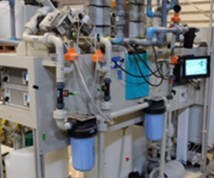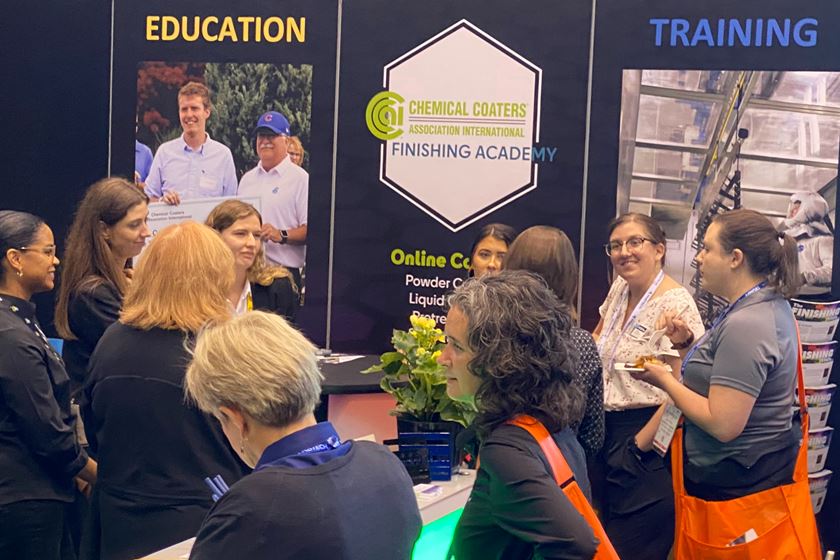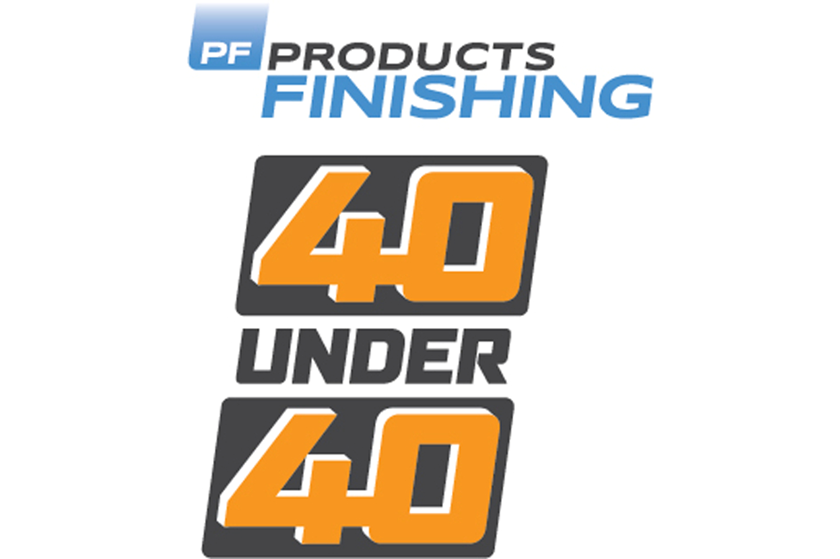Legal Q&A: How the Department of Labor Plans on Making More Employees Eligible for Overtime Premium Pay
How would this impact our company?
#management #workforcedevelopment
Q. I heard that the Department of Labor (DOL) is going to make more employees eligible for overtime premium pay. Is this true and how would it impact my company?
A. The DOL has proposed revised Fair Labor Standards Act regulations that would convert many employees who are currently exempt under the executive, administrative and professional (EAP) exemptions into “non-exempt” employees. The DOL’s proposed regulations convert currently exempt employees into non-exempt employees by increasing the salary level threshold for exempt EAP employees from the current level of $23,660 per year ($455 per week) to an amount that is projected to be approximately $50,440 per year ($970 per week) in 2016.
Featured Content
To qualify as an employee who is exempt from the requirement of being paid time and one-half overtime premium pay for hours worked in excess of 40 hours in a work week, an employee must be paid on a salary basis, must satisfy the duties test for the exemption and must also be paid a minimum annual salary. Since 2004, that minimum annual salary—the salary level threshold—has been $23,660 per year. If an employee is paid less than that threshold, the employee cannot qualify for exemption from time and one-half overtime premium pay.
The DOL is proposing to increase the number of currently exempt EAP employees who are eligible for time and one-half overtime premium pay because the White House stated that “too many Americans are working long days for less pay than they deserve.” The salary level threshold has not been increased since 2004, and, as the White House has stated, that threshold “has failed to keep up with inflation.” If the threshold of $455 per week had kept pace with inflation since 2004, the current threshold would be $561 per week. Also, the DOL’s position is that, in any event, the 2004 threshold of $455 per week was too low and allowed employers to classify too many employees as exempt.
As a result of the increased threshold, any currently exempt employee who is paid more than $455 per week, but less than approximately $970 per week in 2016, will become a non-exempt employee and will be eligible for time and one-half premium pay for any hours worked in excess of 40 hours in a work week. Affected employees will include low level supervisory and managerial employees in the restaurant, retail, health care and financial industries. The DOL estimates that 4.6 million employees will be affected by this change in the first year and that employers will have to pay those employees an additional $1.4 billion in that first year.
The DOL is also proposing that the salary level threshold will be automatically updated each year. It is considering indexing that threshold either to a fixed percentile of earnings for full-time salaried employees (40th percentile) or to changes in the cost of living (CPI-U). Between 2003 and 2013, indexing based on those methods would have resulted in an average annual increase of 2.6 percent (40th percentile) or 2.4 percent (CPI-U) in the threshold.
The DOL is also proposing to change the salary level threshold for “highly compensated exempt” (HCE) employees. Since 2004, an employee in an EAP position who customarily and regularly performs at least one exempt duty and does not perform manual work is automatically exempt if the employee earns at least $100,000 in total annual compensation. The DOL proposes to increase the $100,000 threshold to $122,148, which would only affect approximately 36,000 in the first year. Then, the DOL proposes to automatically update or index that level by using the same method—fixed percentile (for HCE employees, 90th percentile for full-time salaried employees) or changes in the cost of living (CPI‑U)—that it selects for automatically updating the salary threshold for EAP employees.
Originally published in the October 2015 issue.
RELATED CONTENT
-
Smut and Desmutting
Question: I am new to this industry and have heard about smut and desmutting operations.
-
Cleaning, Pretreatment to Meet Medical Specs ISO 13485 or FDA 21 CFR820
Maximilian Kessler from SurTec explains new practices for industrial parts cleaning, metal pretreatment and decorative electroplating in the medical device industry.
-
Aluminum Surface Finishing Corrosion Causes and Troubleshooting
In this paper, a review of several process solutions, examining coolants, solvent cleaning, alkaline clean/etch and deoxidizing/desmutting, listing intended and unintended chemical reactions along with possible mechanisms that would favor corrosion formation.


















